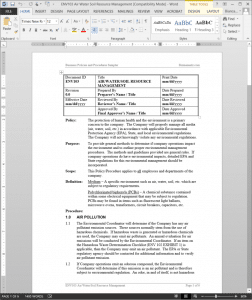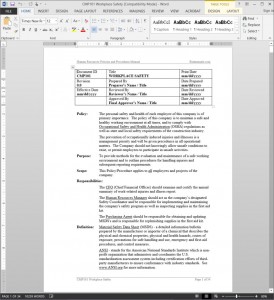Does Poor Air Quality Affect Asthma?

As people age, their bodies are less able to compensate for the effects of environmental hazards. Air pollution can aggravate heart disease and stroke, lung diseases such as chronic obstructive pulmonary disease and asthma, and diabetes. This leads to increased medication use, more visits to health care providers, admissions to emergency rooms and hospitals, and even death. No matter the age, these lessons will help you or your loved ones.
Can Poor Indoor Air Quality Increase Asthma Attacks?
Asthma is a chronic respiratory disease that makes it difficult to move air in and out of the lungs. The condition causes inflamed airways that produce extra mucus, making it difficult to breathe. It can be developed at any age and is caused by genetics, respiratory infections, allergies, or the environment you were brought up in. Due to increased sensitivity to the airways, asthma can be triggered by certain environmental conditions. Common triggers for asthma include the weather, dust in the air, chemicals, smoke and pet dander.
Where Does Indoor Air Quality (IAQ) Come Into Play?
Several common asthma triggers are indoor air pollutants or other IAQ-related conditions linked to asthma. Indoor air pollutants consist of chemicals, particles and gasses that can be found within the air and make up your overall air quality.
Recommended thresholds for these pollutants are housed under the EPA Air Quality Index (AQI), which is an aggregated measure of your air quality health based on five indoor air pollutant concentrations. Additionally, things like mold trigger asthma because of their effect on the air we breathe. When certain indoor air pollutants reach unsafe levels, those with asthma can be at an increased risk of an attack.
High Particulate Matter Exposure
Particulate matter (PM) are tiny particles suspended in the air and are categorized by their diameter. The two distinctions are PM2.5 and PM10, whose diameters are less than 2.5 micrometers and less than 10 micrometers, respectively. PM2.5 is often referred to as fine dust particles, while PM10 is referred to as coarse dust particles. Both of which can be inhaled deep into the lungs causing adverse health risks.
In a study exploring the relationship between indoor air pollution and asthma in children, particulate matter exposure showed a significant link to increased risk of asthma. For every 10-μg/m3 increase in PM2.5 measured indoors, there was a 7% increase in days of wheezing severe enough to limit speech and a 4% increase in days on which rescue medication was needed.
Sources of Particulate Matter
- Outdoor air pollution: The quality of the outdoor air surrounding your building can have immense effects on indoor air quality. Particulates from engine combustion, smoking and other pollution-generating activities can be a large source of pollution indoors.
- Machinery and Appliances: Certain assets in your building produce particulates as a byproduct of operation. This pollution can linger in the air and spread via your ventilation system, increasing PM concentrations in your occupied spaces.
Mold Growth Exposure
Mold grows where there is moisture, typically around leaks and in areas that do not receive enough light. People with asthma can have severe reactions to mold exposure due to increased sensitivity in their lungs.
Sources of Mold Growth
- Pipes
- Roofs
- Windows
Indoor Smoking
Believe it or not, some public facilities still allow it – with casinos being the most prominent. Secondhand smoke contains particulates and chemicals that can be severely irritating to those with asthma. Exposure to these pollutants should be minimized for people with asthma, so it is important to ensure smoking and non-smoking rooms are kept separate.
How to Maintain Healthy Indoor Air Quality
- Ensure proper filtration performance. Upgrading to MERV-13 or the highest compatible filter class for your HVAC system will be more effective in reducing particulate matter.
- Monitor concentration levels. Indoor air quality monitoring is the best way to identify areas in your facility that need attention. With data from your monitors, you can pinpoint the source and resolve the issue.
- Use air purification solutions. Air cleaners that use HEPA filtration are highly efficient at cleaning the air of particulate matter.
Author bio: Livia Neistat is an environmental activist, who has spent a lot of time in the field performing tests and gathering data related to air quality. She wants to make sure that the air we breathe is not dangerous.

















Leave a Reply